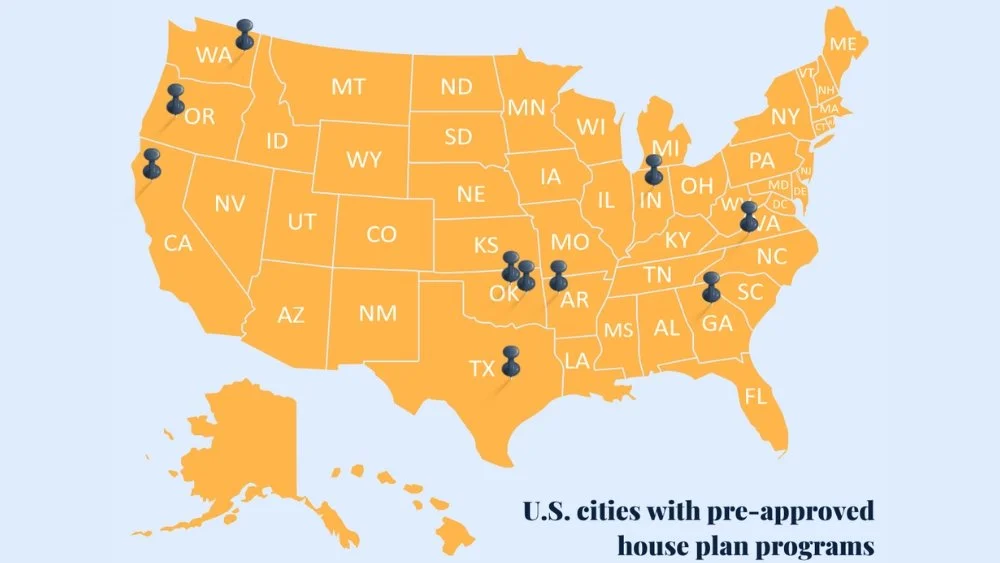NOTE: As of 8:00 CST, I have over 100 responses, so I have to shut the questions down! Thank you for your thoughtful submissions. It is great to see so many folks engaged. I will read them all and answer as many as I can later this week. Stay tuned!
NOTE 2/26: The answers are up!
***
Hello readers! It is time for our monthly Q & A. This will be the last written Q & A I do for a while, because I’m getting ready for the release of my new book, The Last American Road Trip, on April 1.
The book is available for preorder at any major or independent bookstore in print, eBook, and audiobook. Autographed copies are available here! You can read rave reviews at Kirkus and Publishers Weekly.






